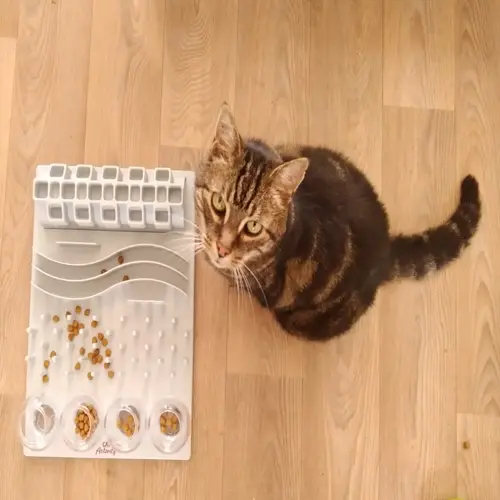When should I be concerned about hiding behavior?

Written by
Robert Brown
Reviewed by
Prof. David Walsh, Ph.D.You notice your cat hiding more than normal and wonder when to be concerned. Reacting to your cat hiding is warranted. *Hiding behavior* is suspicious when it's accompanied by certain signs. As a veterinarian, I encounter this issue with owners on a daily basis. There are clear indicators that can help determine whether your cat's retreat is normal or should raise a concern.
Physical Symptoms
- Refusing food entirely for over 24 hours
- Vomiting more than three times in one day
- Visible limping or reluctance to move normally
Behavior Changes
- Hissing when touched in specific areas
- Avoiding litter box despite previous training
- Excessive grooming creating bald patches
Duration Markers
- Continuous hiding beyond 72 hours
- Daytime sleeping exceeding 20 hours daily
- No interest in play lasting 48+ hours
Be diligent in tracking combinations of symptoms. Hiding alone may not concern you, but if hiding is combined with appetite loss, you should notify someone within one day. Track the number of hours or minutes the behavior lasted carefully. This helps your professional determine whether an action plan is urgent or not.
Create a symptom journal. Record vomiting frequency or movement issues. Note temperatures if possible. This documentation becomes vital during vet consultations. It reveals patterns that single observations miss.
Put together a kit for emergencies. Include your cat's medical history. Pack blankets to help them feel comfortable. Keep carriers nearby. Fast action is crucial in instances of severe symptoms or distress. Your preparedness can save your cat's life in the event of an emergency.
Read the full article: Cat Hiding Behavior Explained: Causes and Solutions

